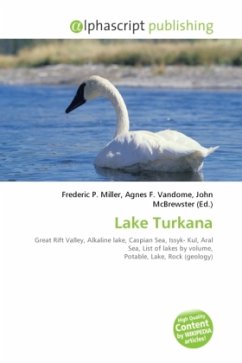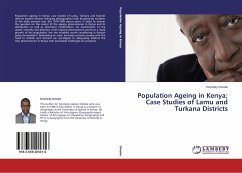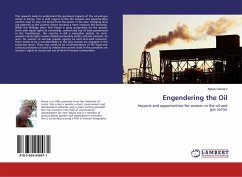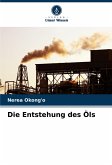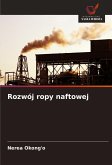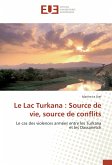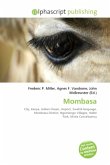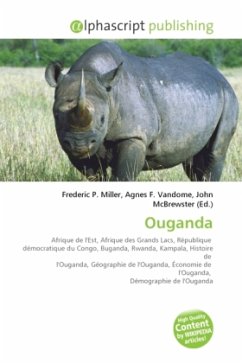High Quality Content by WIKIPEDIA articles! Lake Turkana, formerly known as Lake Rudolf, is a lake in the Great Rift Valley in Kenya, with its far northern end crossing into Ethiopia. It is the world's largest permanent desert lake and the world's largest alkaline lake. By volume it is the world's fourth largest salt lake after the Caspian Sea, Lake Issyk-Kul and the Aral Sea, and among all lakes it ranks twentieth. The water is potable but not palatable. It supports a rich lacustrine wildlife. The climate is hot and very dry. The rocks of the surrounding area are predominantly volcanic. Central Island is an active volcano, emitting vapors. Outcrops and rocky shores are found on the East and South shores of the lake, while dunes, spits and flats are on the West and North, at a lower elevation. Lake Turkana seen from the South Island. On-shore and off-shore winds can be extremely strong as the lake warms and cools more slowly than the land. Sudden, violent storms are frequent. Three rivers flow into the lake, but lacking outflow its only water loss is by evaporation. Lake volume and dimensions are variable. For example, its level fell by 10 meters between 1975 and 1993.
Bitte wählen Sie Ihr Anliegen aus.
Rechnungen
Retourenschein anfordern
Bestellstatus
Storno

